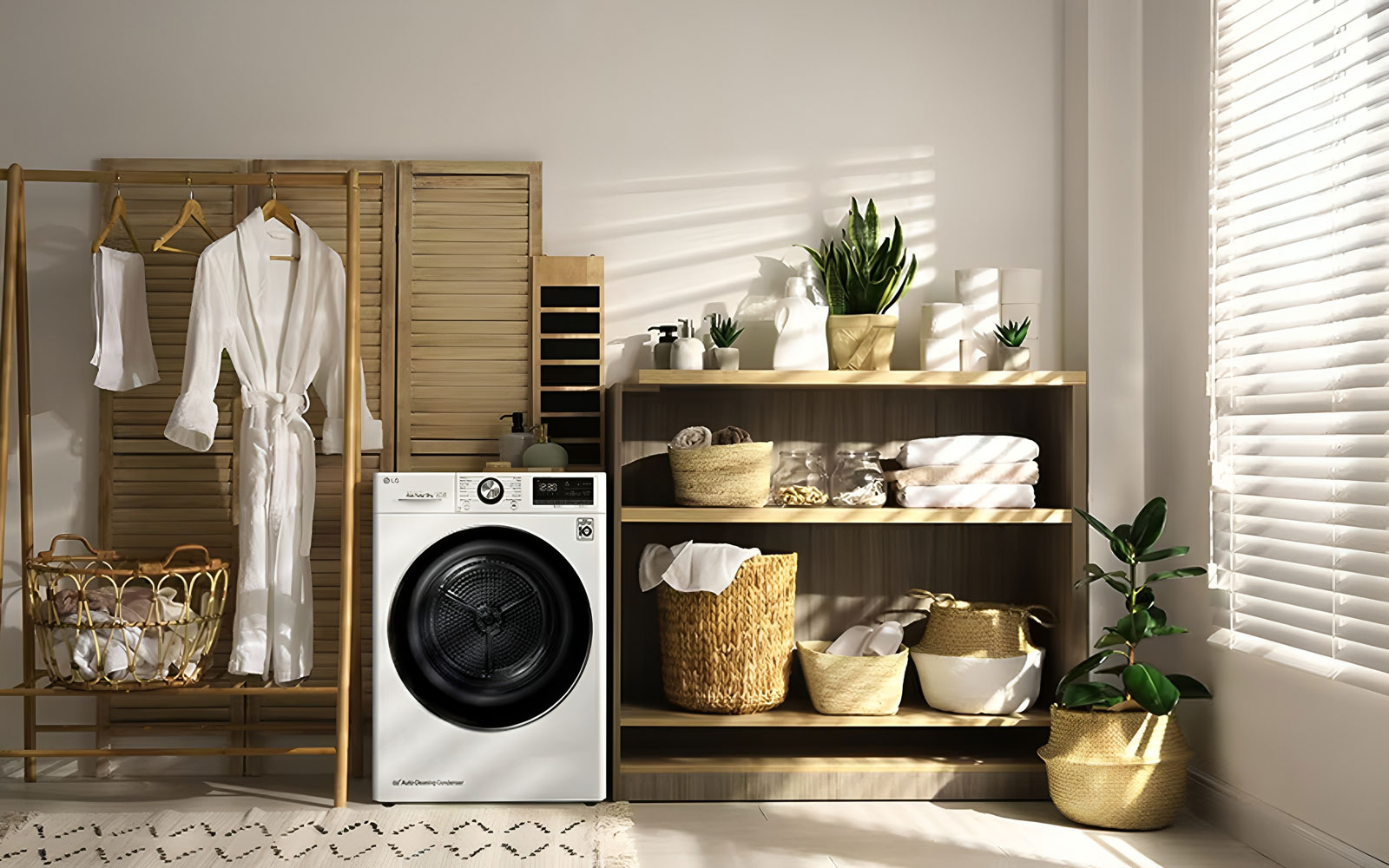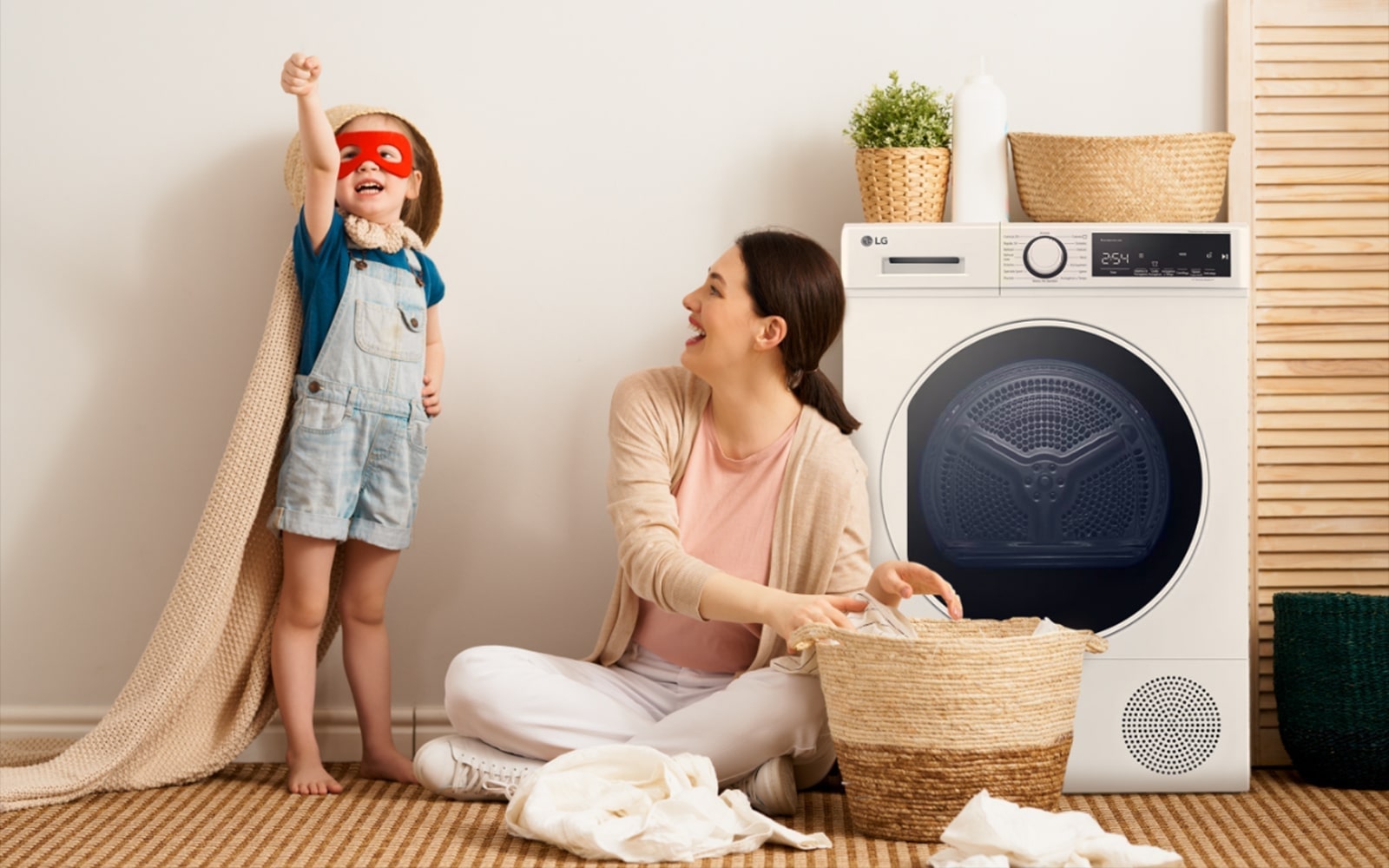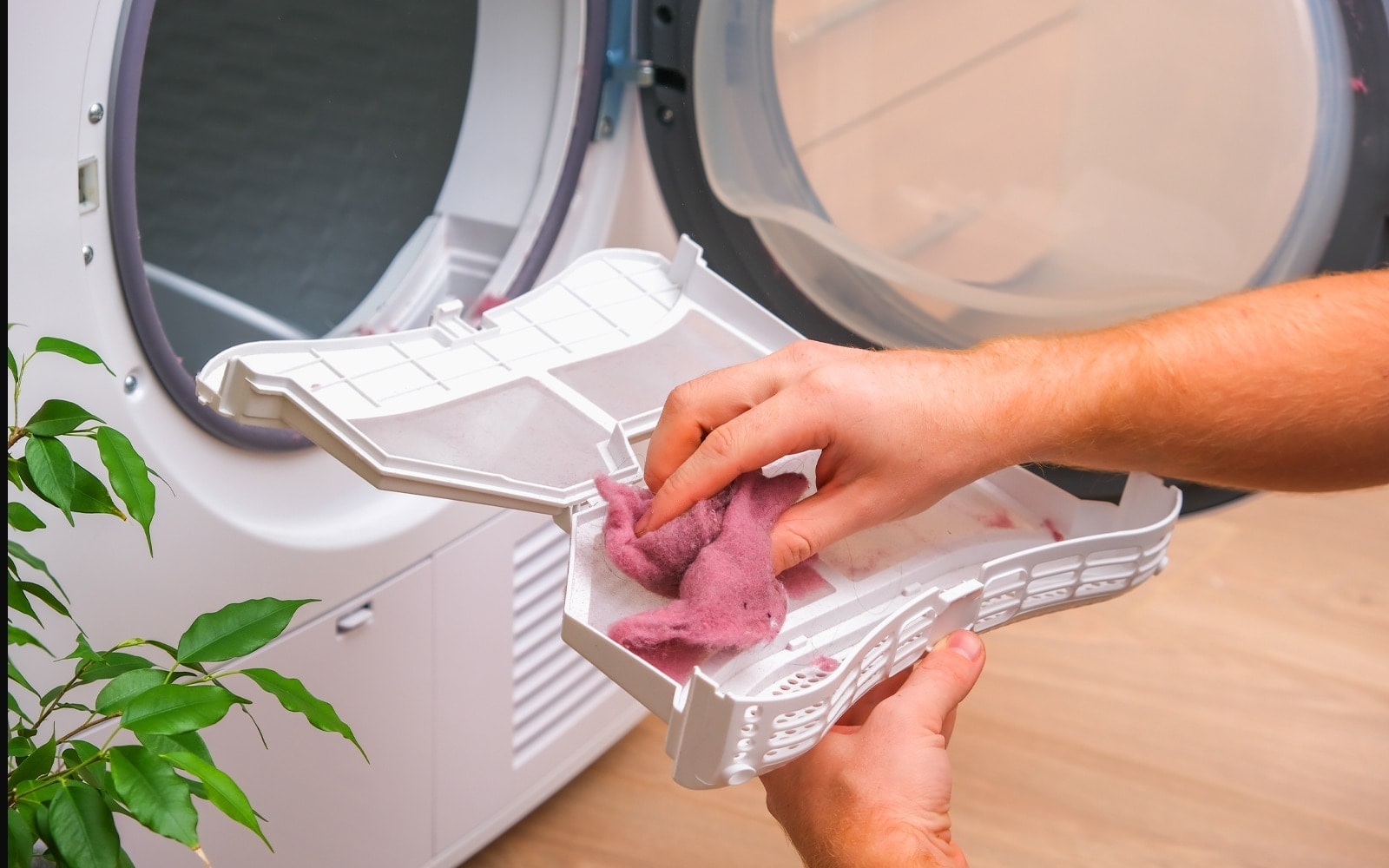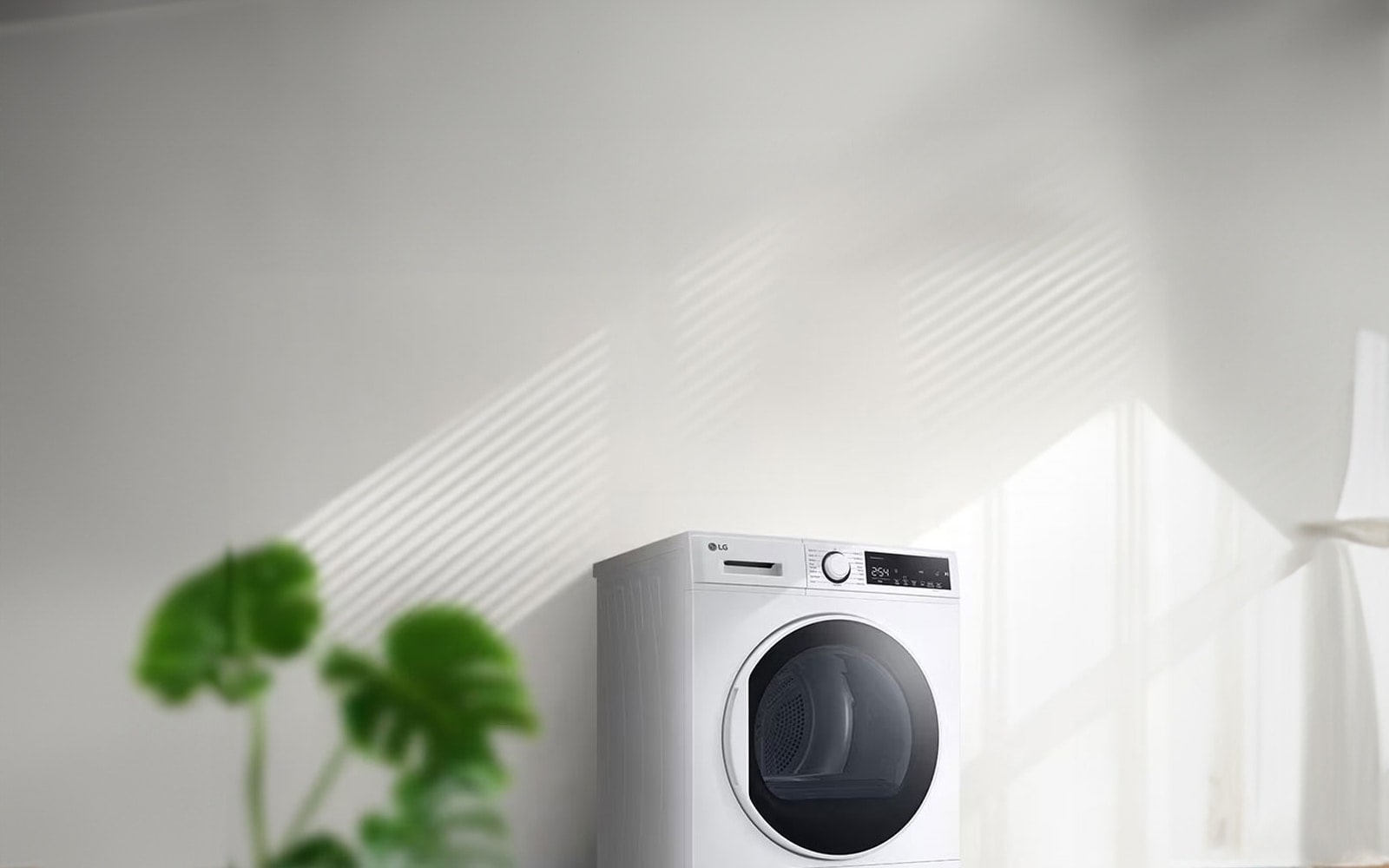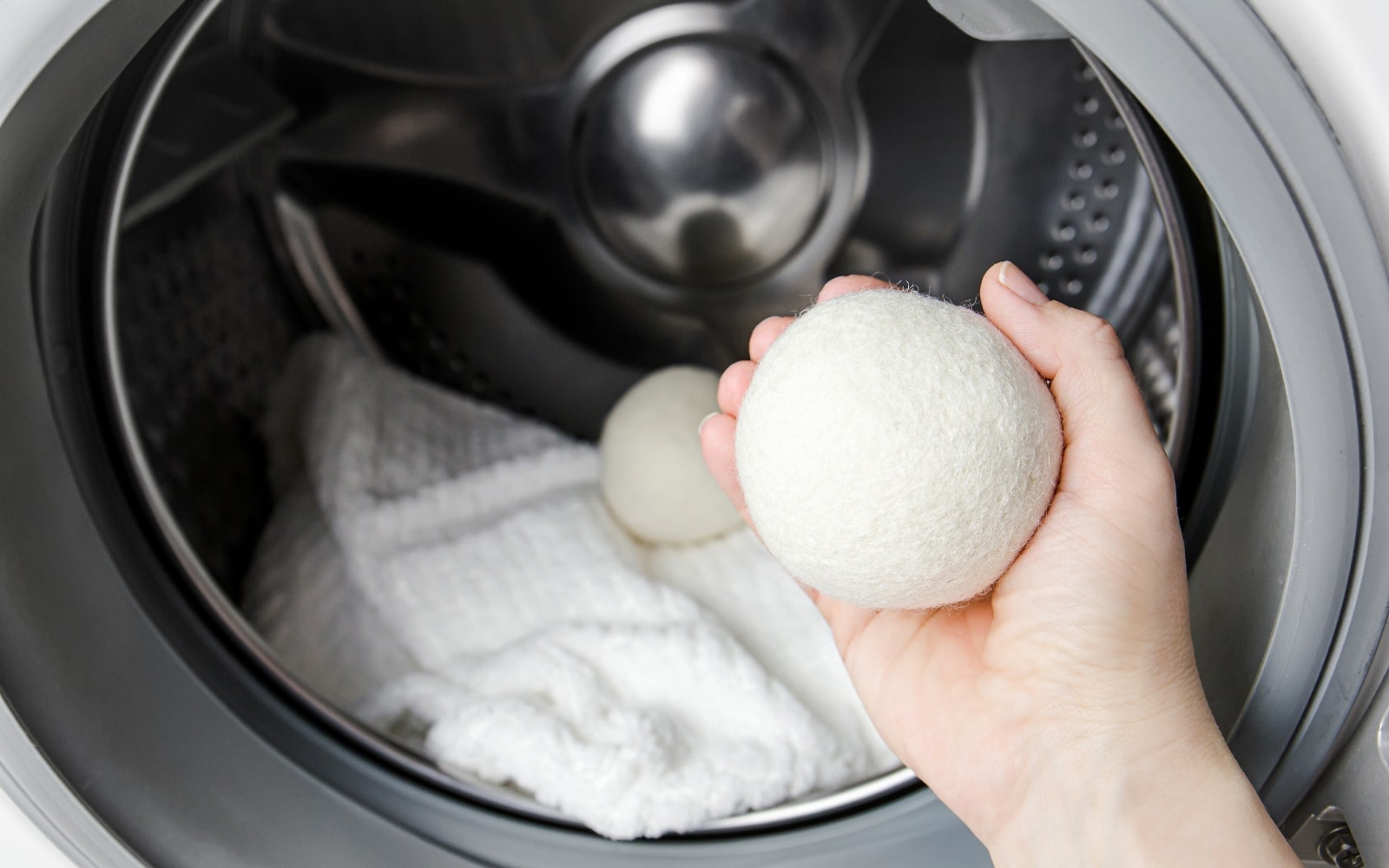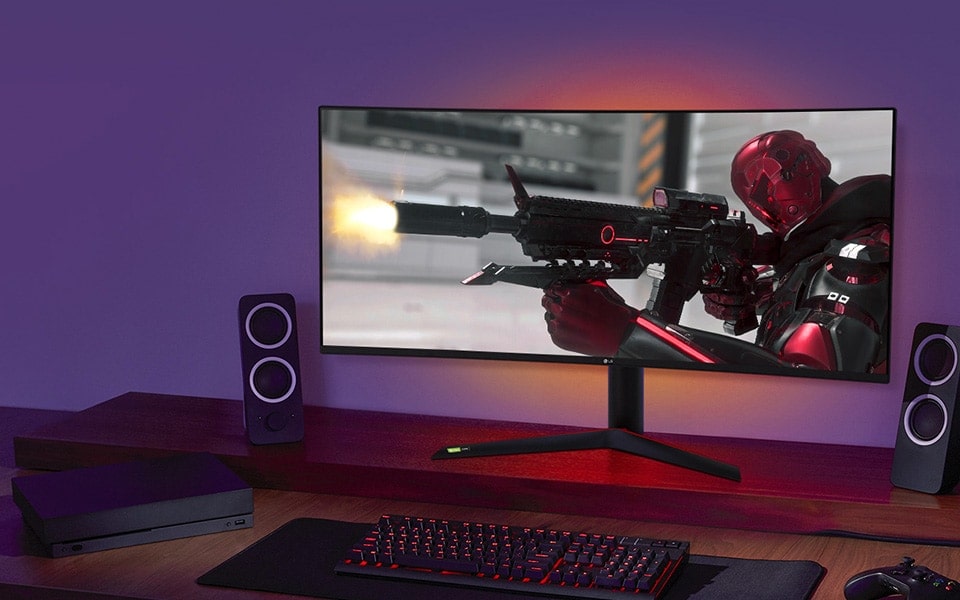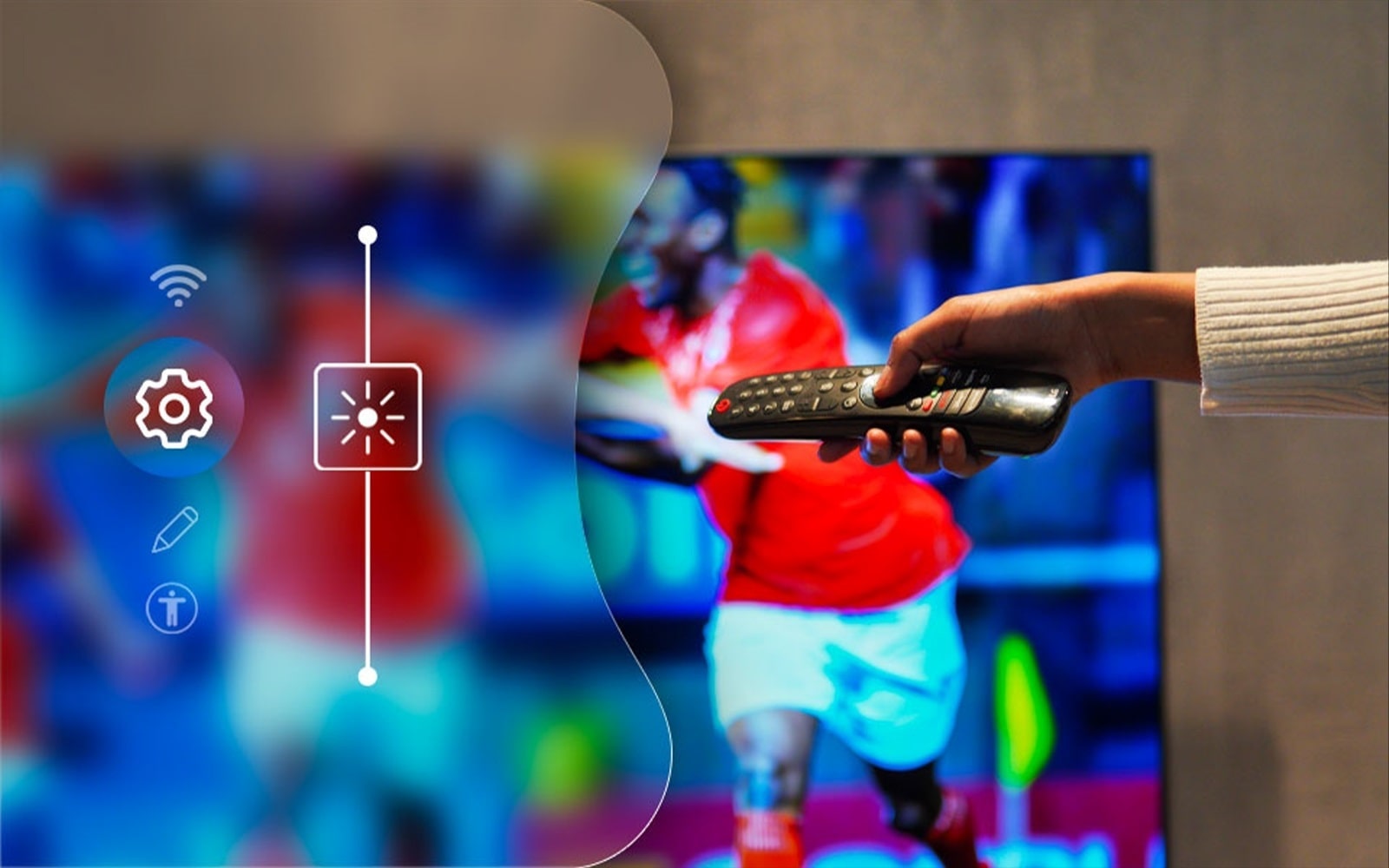We use cookies, including cookies from third parties, to enhance your user experience and the effectiveness of our marketing activities. These cookies are performance, analytics and advertising cookies, please see our Privacy and Cookie policy for further information. If you agree to all of our cookies select “Accept all” or select “Cookie Settings” to see which cookies we use and choose which ones you would like to accept.
HELPFUL HINTS
Heat pump tumble dryer guide
Learn about the functionality of heat pump tumble dryers, the key features and efficiency. Discover the future of drying technology for optimal performance and energy savings.
- Discover how heat pump tumble dryers work and effectively dry your clothes.
- Navigate the selection process with ease by considering key factors that determine the ideal heat pump tumble dryer for your needs.
- Conduct a comparative analysis of the best drying methods, highlighting the differences between heat pump tumble dryers vs condenser dryers and traditional models.
- Follow these essential maintenance strategies to keep your dryer running at its best, ensuring longevity and optimal performance.
- Learn a few easy ways to save money and energy by using your tumble dryer more efficiently on laundry day.
What is a heat pump tumble dryer?
Heat pump tumble dryers, also called ventless or condensation dryers, are a significant advancement in drying technology. Heat pump dryers recycle warm air instead of venting it outside the home.1
How does a heat pump tumble dryer work?
Heat pump tumble dryers are a significant advancement in drying technology. They use a closed-loop system and operate at lower temperatures, which is gentler on fabrics.1,2 The heat pump recirculates air inside the drum, condensing the moisture and reheating the air.2 This method conserves energy and reduces CO2 emissions by 50% compared to electric dryers and 70% compared to gas dryers. It is both environmentally friendly and cost-effective.3
Choosing the best heat pump tumble dryer
When selecting the perfect heat pump tumble dryer for your home, there are several factors to consider:
Capacity
Match the dryer size to your usual laundry load.
Efficiency
Look for a high energy rating to ensure optimum performance with minimum power usage.
Features
Select models with a variety of drying programs for different fabric types.
Price
Although heat pump tumble dryers can be more expensive up front, they can save you money in the long run by using less energy than conventional tumble dryers.4
Connectivity
Smart apps such as LG ThinQ give you more control and automation over your laundry cycle.5
LG's heat pump tumble dryer models provide a wide range of features, so you can choose which ones align with your needs and budget. For example, different models come equipped with advanced features such as ThinQ WiFi connectivity , multiple drying programs, and LG’s proprietary technology to reduce wrinkles and odours.
LG heat pump tumble dryer
This heat pump tumble dryer is LG’s entry-level model. This appliance dries laundry at low temperatures to be gentle on clothes. With an 8kg capacity, it is designed to cope with the everyday family laundry and anti-crease technology and Sensor Dry to optimise drying time.6
Dual Inverter heat pump
The Dual Inverter Heat Tumble™ Dryer has an energy rating of 3 Stars, using 65% less energy than conventional dryers. It features precise control and two cylinders that can dry clothes in just 30 minutes, while minimising vibration. With a large capacity 10kg drum, SmartThinQ WiFi connectivity, and an auto-cleaning condenser, it offers convenient and efficient laundry care. Additionally, Allergy Care reduces live house dust mites by 99.9% with the support of the British Allergy Foundation.7
Tips for heat pump clothes dryer maintenance
Regular maintenance is crucial for the long-term effectiveness of your heat pump tumble dryer. Key tasks include clearing the lint filter, checking/cleaning the heat exchange filter and condenser unit, and cleaning the drum and sensors. Additionally, empty the water tank after each cycle if required.8
Heat pump vs condenser dryer
Heat pumps and condenser tumble dryers have different technologies for laundry drying. Heat pumps recycle hot air and are more energy-efficient but have longer drying times. Condenser dryers are faster but use more energy and need regular maintenance. Factors like cost, efficiency, and maintenance determine the choice, and despite higher initial costs, heat pump dryers are a worthwhile long-term investment due to lower operating costs.9
Energy and cost savings with tumble dryer heat pump
Heat pump dryers can reduce energy use by up to 50% compared to traditional dryers.3 This translates into significant energy and cost savings over the lifespan of the appliance.4 This efficiency translates into significant long-term cost savings on your energy bills while contributing to a lower household carbon footprint.3
Enhancing efficiency with tumble dryer balls
Whether homemade or store-bought, tumble dryer balls can further improve the efficiency of your heat pump dryer.
What are tumble dryer balls?
Typically made from hard rubber, wool or plastic, these balls aid air circulation and help separate clothes. That equates to faster drying and softer clothes, while also reducing static and wrinkles. While tumble dryer balls are not a necessity, many users find they contribute to more efficient drying cycles and reduce waste versus disposable dryer sheets.10
How to make tumble dryer balls at home
Tumble dryer balls are a simple fix that can be made with components most of us have tucked away in a drawer at home. Follow these steps for your own quick laundry fix:
- Wind wool yarn or fabricstrips into up to five apple-sized balls.
- Collect a few balls of similar size in a stocking, or wrapped in a pillowcase. Be sure to leave a knot tied between each ball to create an individual sachet.
- Toss the sack full of wool/felted dryer balls into the washer and choose a high-heat setting to finish the process.
- Cut your new tumble dryer balls from the cloth they are enclosed in, and allow at least one hour of drying time before the first use.
FAQs
Q: Can I use my heat pump tumble dryer with all types of laundry?
A: Heat pump tumble dryers can handle a wide range of fabrics. It's always best to check the care labels and select the appropriate drying program.
Q: Are heat pump tumble dryers noisy during operation
A: Heat pump tumble dryers are generally quieter than conventional dryers due to their lower operating temperatures, sophisticated design and advanced inverter technology. A DUAL inverter heat pump dryer, for example, has two cylinders inside that rotate in opposite directions to balance and reduce the vibrations for quieter drying.7
Q: Do heat pump tumble dryers require special installation or ventilation?
A: Unlike traditional condenser dryers, heat pump dryers are ventless. This means they don't require special ventilation and don't release air outside.11 Ventless heat pump dryers can be installed in various locations, and installation near a power source, and a drain (if not using a collection tank), is typically sufficient.
Heat pump tumble dryers offer improved fabric care and energy efficiency by recycling hot air. Understanding their features and maintenance helps consumers choose the right dryer for their laundry needs. These appliances are shaping the future of laundry, providing convenient and efficient drying solutions for modern households.
1 Heat Pump Clothes Dryers: Low-Impact Laundry - Heat pump models dry laundry at lower temperatures, which is much gentler on clothes.
2 Process simulation and analysis of a closed-loop heat pump clothes dryer.
3 The benefits of an Electric Heat Pump clothes dryer - 50% less energy use, CO2 emissions than other dryers and 70% less than gas dryers.
4 How heat pump dryers can beat the energy crisis - New heat pump dryers use 65% less energy, equal to three homes.
5 LG ThinQ app allows you to easily connect with your appliance in a way you never could before.
6 LG Heat Pump Tumble Dryer - Gently dry laundry, 8kg capacity and anti-crease technology.
7 DUAL Inverter Heat Pump - 3 Star energy rating, consumes 65% less energy and dries clothes in as little as 30 minutes, with reduced vibration. SmartThinQ WiFi connectivity, Smart Pairing and Allergy Care technology.
8 Steps to keep your heat pump tumble dryer running efficiently - How to’s and hacks for heat pump tumble dryers.
9 Heat pump vs condenser dryer: Which is best? - Pros and cons between heat pump and condenser dryers.
10 Do dryer balls help clothes dry faster? - Tumble dryer balls aid in air circulation and separating clothes, resulting in faster drying, softer clothes, and less waste.
11 Do Heat Pump Tumble Dryers Need An External Vent? - Heat pump dryers don't need special ventilation or release air outside.
Life's Good!
Featured product
- Newest
- Most Popular
